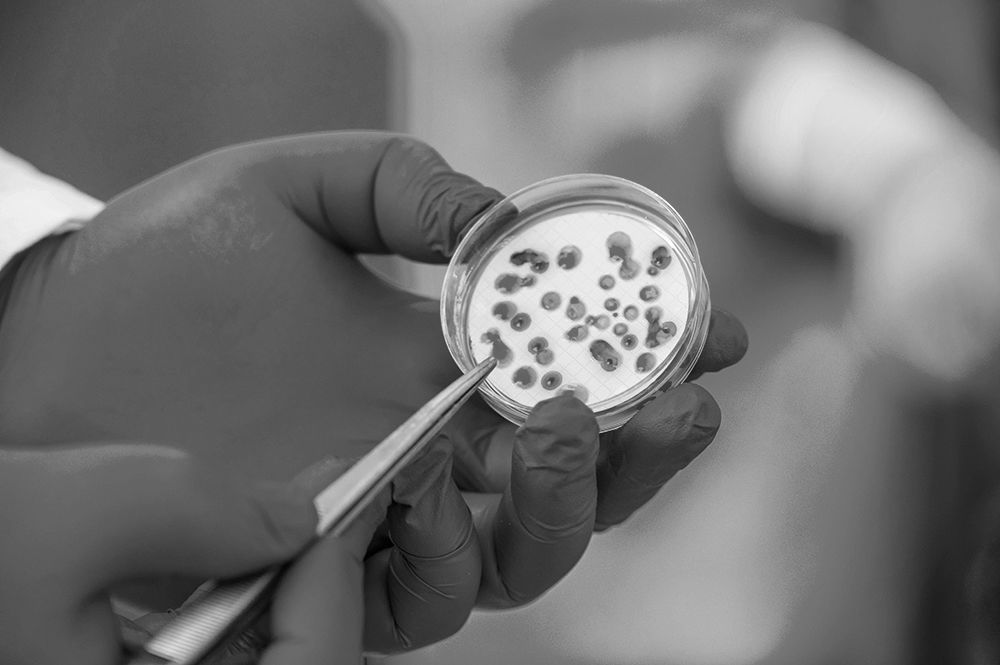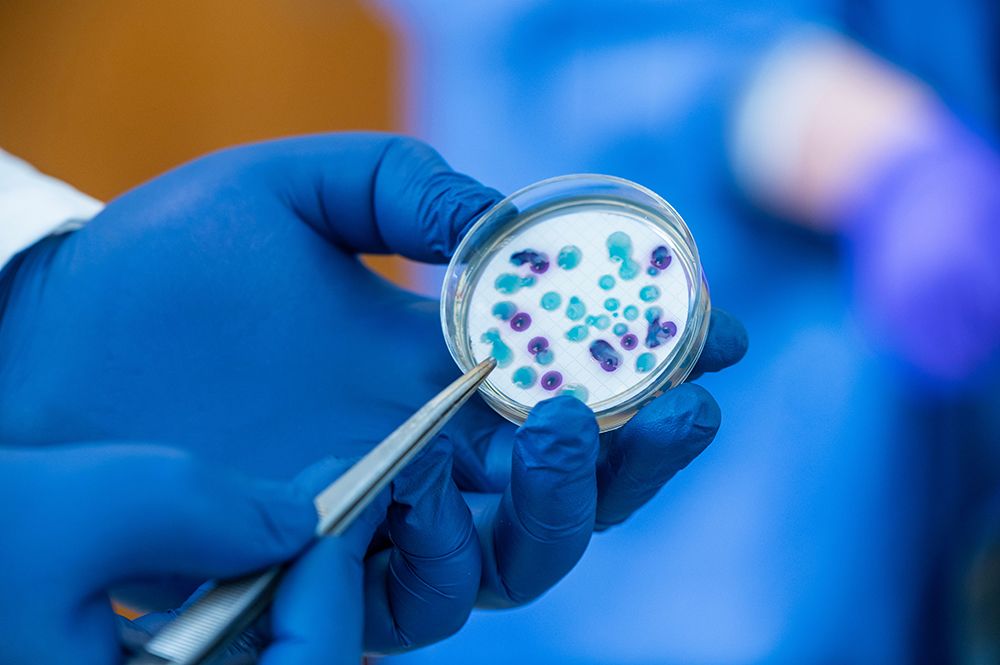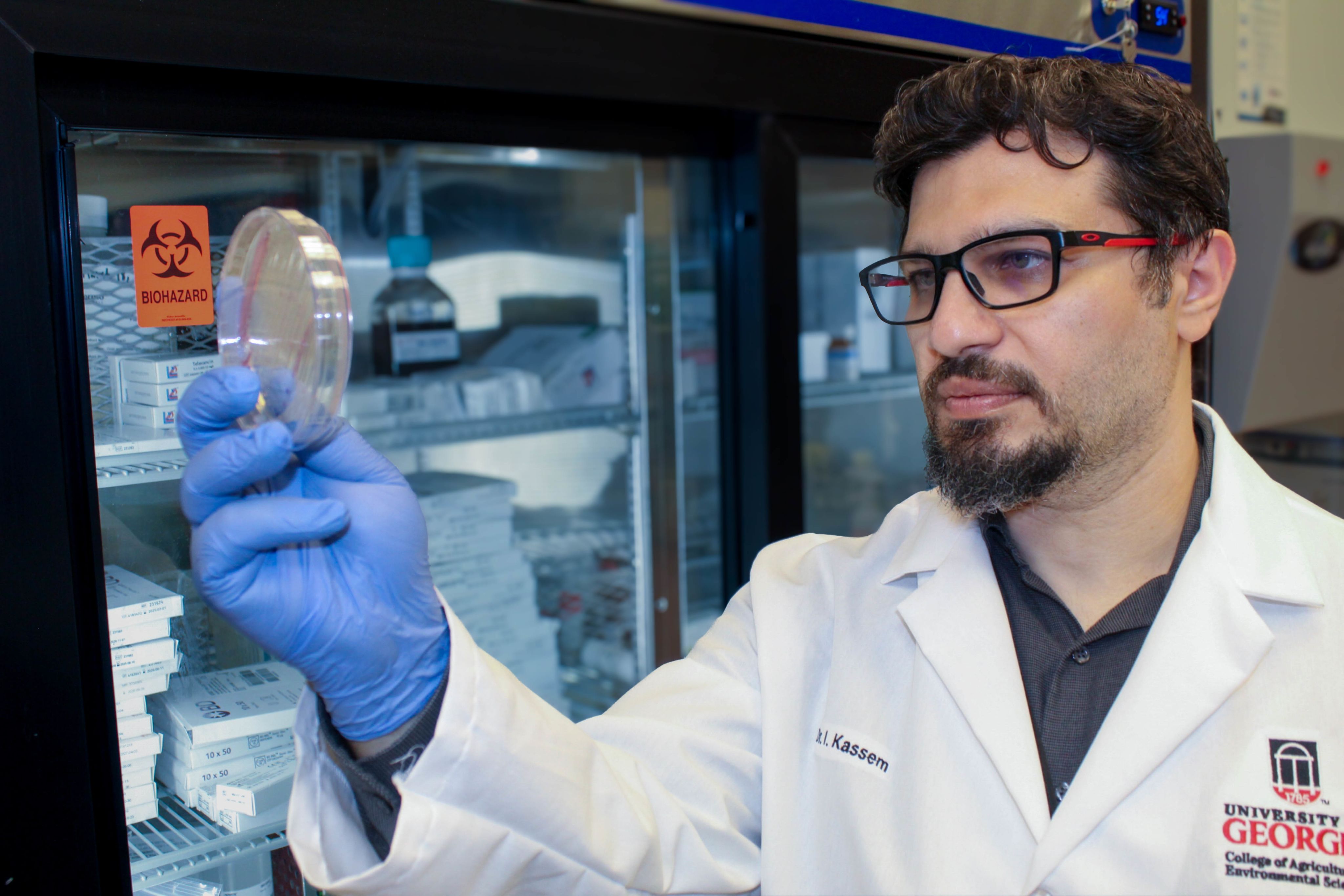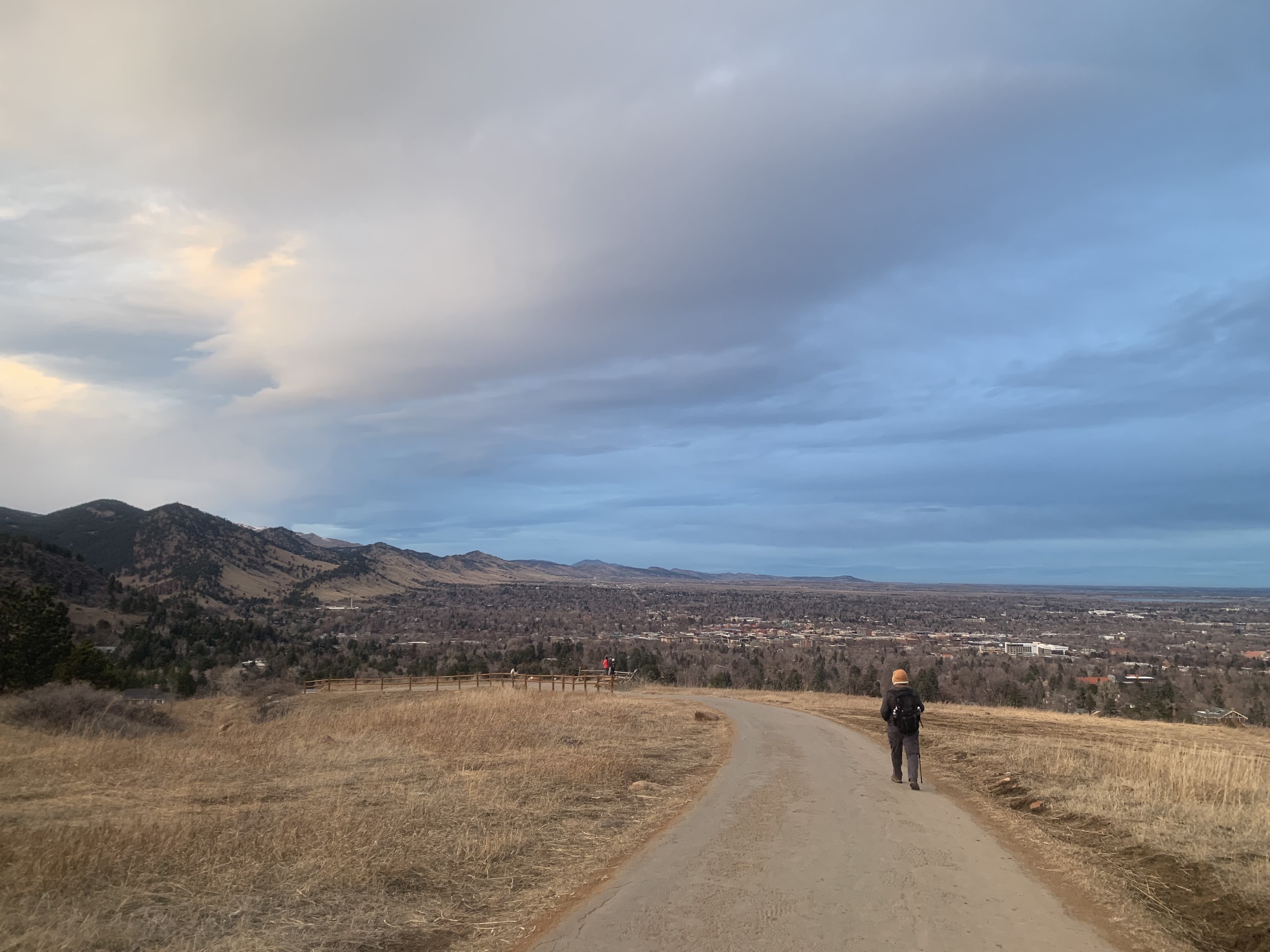Inside the fight against antimicrobial resistance
University of Georgia Center for Food Safety researcher Issmat Kassem has dedicated nearly two decades to studying antimicrobial resistance, identified by the World Health Organization as a top-10 public health threat to humanity. Kassem was recently recognized as a ScholarGPS Highly Ranked Scholar for his research studying antimicrobial resistance in water and food.

You were recently recognized as a ScholarGPS Highly Ranked Scholar. What does this honor mean to you?
I do not usually put a lot of emphasis on awards and recognitions, because I believe that the pursuit of good science — well-thought and purposeful science in service of public health — is the ultimate reward. However, this recent recognition sheds light on our unrelenting efforts to better understand and control antimicrobial resistance, one of the top 10 global public health threats facing humanity.
Antimicrobial resistance is a complex, multidisciplinary problem and tackling it demands hard work, dedication and continuous vigilance. If unchecked, it is slated to claim millions of lives, with severe impacts on the global economy. I am pleased that our efforts have been recognized, and I hope that public awareness of antimicrobial resistance increases. The latter is crucial in the fight against this vicious problem.
Kassem, pictured in his lab at the Center for Food Safety, is an assistant professor in the College of Agricultural and Environmental Sciences on UGA's Griffin campus.
Kassem, pictured in his lab at the Center for Food Safety, is an assistant professor in the College of Agricultural and Environmental Sciences on UGA's Griffin campus.
"I believe that the pursuit of good science — well-thought and purposeful science in service of public health — is the ultimate reward."


What would you most like the public to know about your work on colistin and antimicrobial resistance?
I have been working on antimicrobial resistance for a long time, and there is a lot to say. However, I want people to really understand that this problem will affect us all severely. This is not something to take lightly.
Imagine a world where the drugs (antimicrobials) that we use to heal ourselves and our animals against infections no longer work. Imagine a world where a tooth infection or infections of scratches from playing sports, gardening or even playing with your pet become hard-to-treat or deadly. This is not merely an academic pursuit. The public must also be active in tackling and prioritizing solutions to antimicrobial resistance. We all have parts to play.
In the U.S., people can call their representatives in Congress and demand support for antimicrobial resistance policies and investments, including the PASTEUR Act of 2023, a bipartisan bill that aims to tackle important aspects of this issue in the U.S.
One other important point that people must recognize is that we live in an intimately connected world. This means that antimicrobial resistance problems can spill across borders, from one country to the other. We need to work together across borders.
Resistance to colistin (a last-resort antibiotic) is a perfect example of these observations. We have tracked colistin resistance across borders and investigated it in humans, the environment and animals. Here in the U.S., we revealed that transmissible colistin resistance can be found in humans, the environment and some imported foods. I cannot stress this enough: We have to be vigilant and invest in monitoring systems and new technologies and therapies.
Want to learn more about antimicrobial resistance in Georgia?
Read how Kassem's study uncovered antibiotic-resistant genes in Georgia surface and waste waters.

Want to learn more about antimicrobial resistance in Georgia?
Read how Kassem's study uncovered antibiotic-resistant genes in Georgia surface and waste waters.
What are you currently working on, and what is the end goal of that work?
We are working on multiple antimicrobial resistance projects, mainly in the environment (water) and food. We recently discovered that some imported foods, mainly shrimp samples, can carry bacteria with genes that encode colistin resistance to the U.S.
The importance of the work is that it reveals for the first time a potential extrinsic source for these genes in the country.
The bacteria and genes in the imported shrimp were highly similar to those we found in Georgia sewage — sewage monitoring is representative of the bacteria in the human population. I believe our discovery is critical and perhaps highlights the need for a closer look at imported seafood. Notably, the genes were carried in bacteria that are not normally monitored.
The end goal of all this work is to identify the sources of antimicrobial resistance, understand its epidemiology (drivers, hosts, transmission, etc.), and devise effective and innovative approaches to control the spread of resistance in the U.S. and beyond.
What has been your proudest accomplishment in recent years?
Being able to facilitate transformative experiences for people is a privilege that I cherish deeply. I am proud of all the research that we have done across the years, because it was done with the absolute purpose of serving public health first and foremost. However, our research on colistin resistance stands out in recent years.
I started working on mobile colistin resistance in 2017. Taken together, the whole body of work resulted in shedding new light on colistin resistance in the U.S, critical discoveries about the epidemiology of colistin resistance, and banning the misuse of colistin in animal farming abroad.
I am also very proud of all my amazing graduate students who excelled in their work with my lab on these topics.
Kassem (right) works in his lab with Jouman Hassan, a postdoctoral researcher at the Center for Food Safety. Hassan, who earned her doctorate under Kassem, is a co-author on a new study that discovered antibiotic-resistant genes in Georgia surface and waste waters. (Photo by Dot Paul)
Kassem (right) works in his lab with Jouman Hassan, a postdoctoral researcher at the Center for Food Safety. Hassan, who earned her doctorate under Kassem, is a co-author on a new study that discovered antibiotic-resistant genes in Georgia surface and waste waters. (Photo by Dot Paul)
While a student in Kassem’s lab, Hassan worked on an interdisciplinary research effort that focused on the spread of mobilized colistin resistance genes, which can lead to drug resistance to the last-resort antibiotic colistin. (Photo by Dot Paul)
While a student in Kassem’s lab, Hassan worked on an interdisciplinary research effort that focused on the spread of mobilized colistin resistance genes, which can lead to drug resistance to the last-resort antibiotic colistin. (Photo by Dot Paul)
If you could do anything else, what would it be?
This is an easy question! I would be a writer specializing in fantasy stories for children.
What is something your colleagues or students might not know about you — hobbies, interests, secret talents?
I absolutely love the works of J.R.R. Tolkien.
I have used sentences from The Lord of the Rings and The Hobbit in my seminars and some articles. I do most of my writing with Tolkien’s audiobooks playing in the background.

News media may republish this story. A text version and art is available for download.







